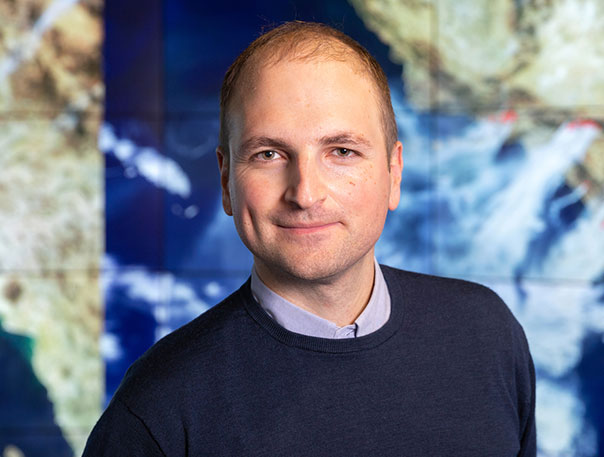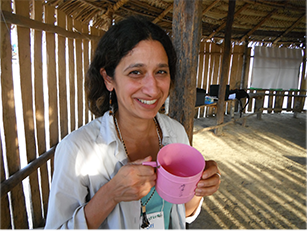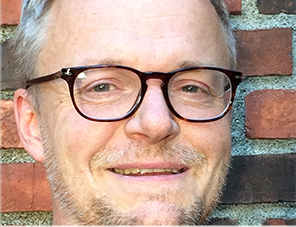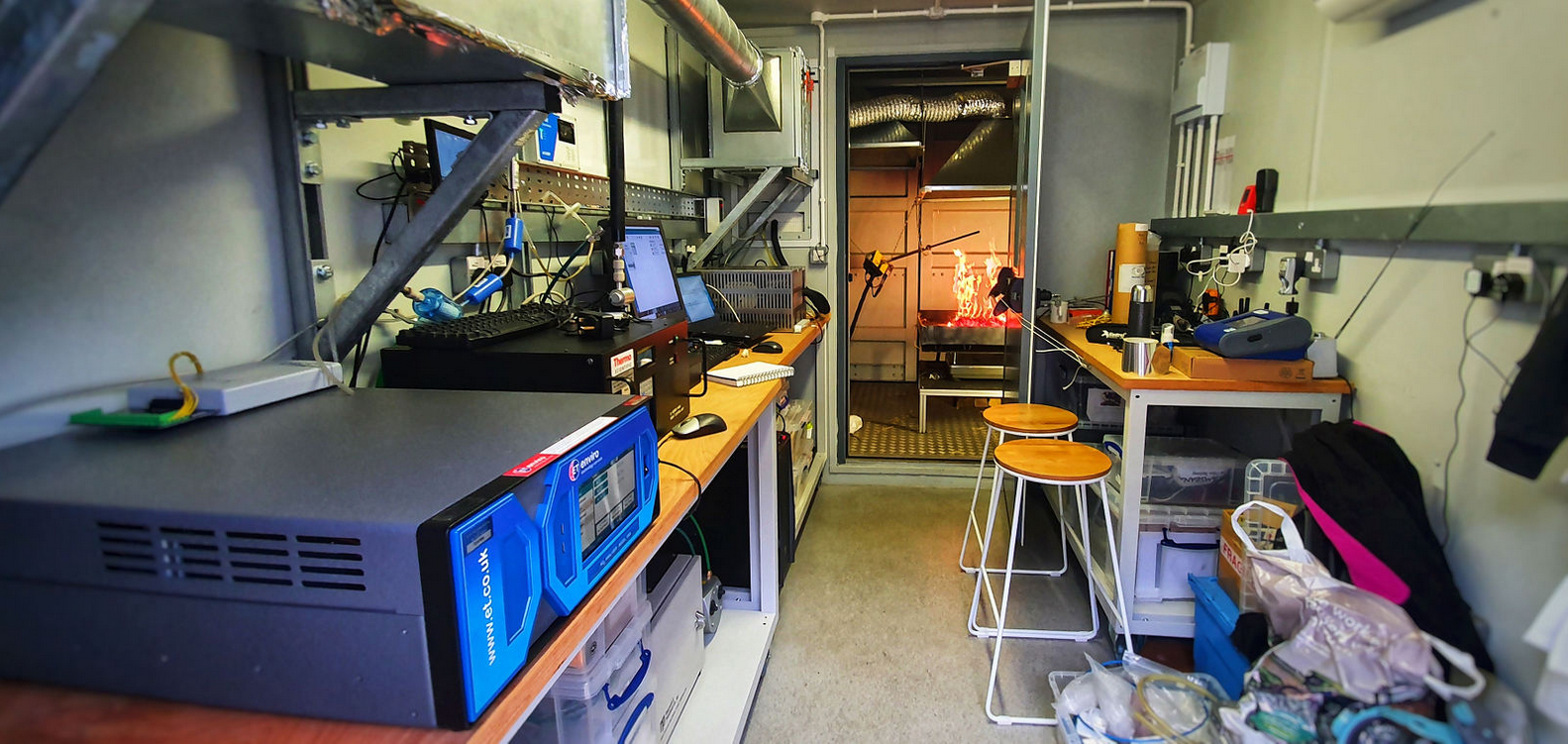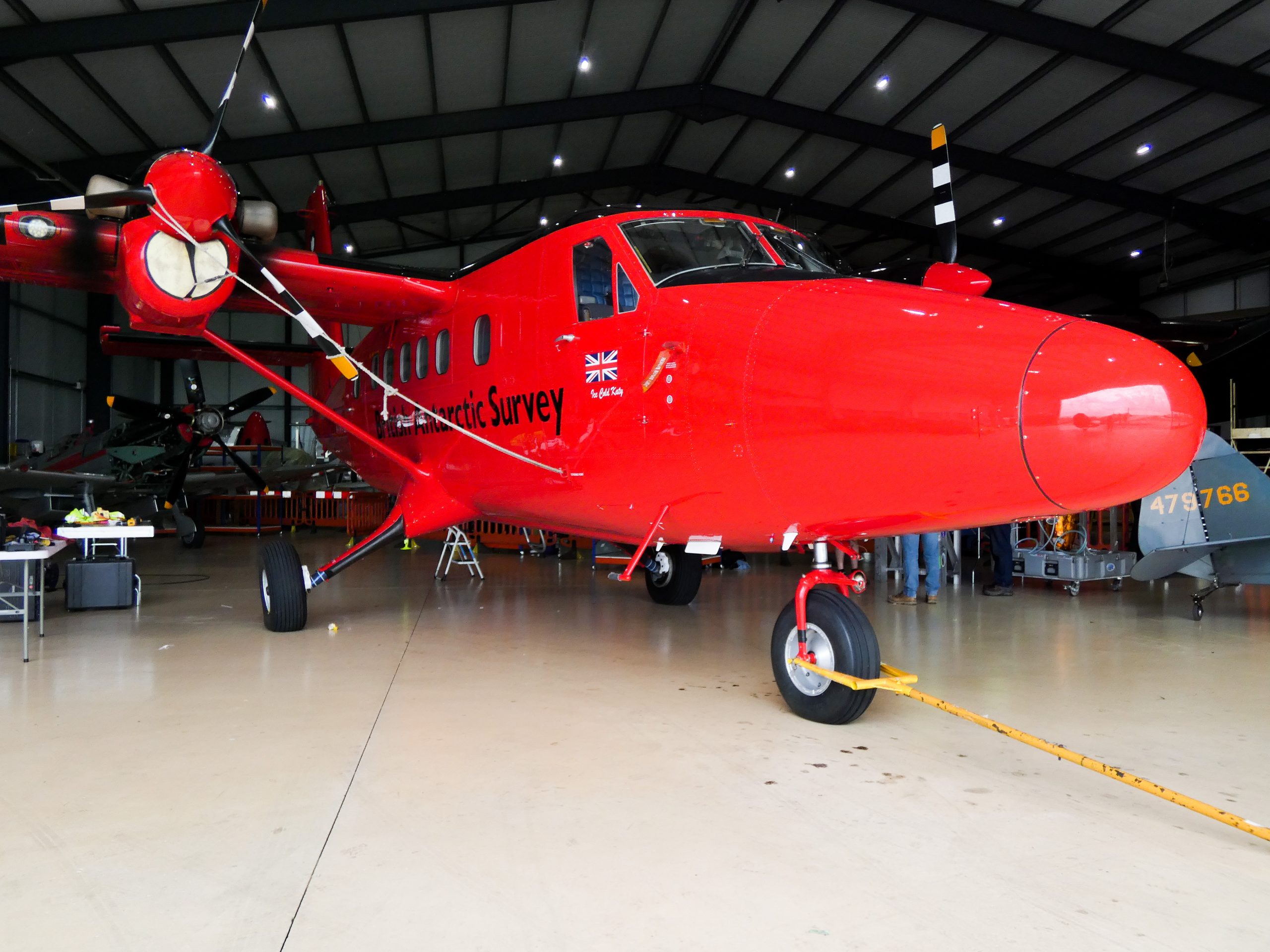The extent on anthropogenic influence on fire regimes throughout the Holocene period is currently an open question. Whereas global and regional studies tend to emphasise the primacy of climate changes on fire regimes, more localised or sub-regional studies have highlighted human influences as essential in explaining the patterns of reconstructed fire history.
The main objective of this research is to investigate the relationship between land-use change and fire regimes during the Holocene. To that end the project will make use of a variety of data sources, including charcoal datasets, other palaeoecological datasets (e.g. pollen), and archaeological radiocarbon datasets, and statistically analysing and modelling the spatiotemporal relationships between these elements. Ultimately, an improved understanding of the relationship between fire and land-use change using palaeo-data will help in our ability to predict how these important components in the earth system will change in the future.
At present, the research is focussed on exploring the relationship between sedimentary charcoal records of fire history and a radiocarbon-based proxy of population density in Iberia during the early to mid Holocene.
This project is also supervised by Marc Vander Linden – Department of Archaeology & Anthropology, Bournemouth University
Project duration: 2020-2024


